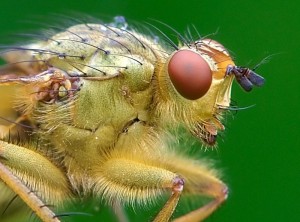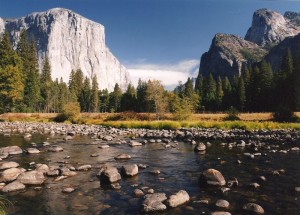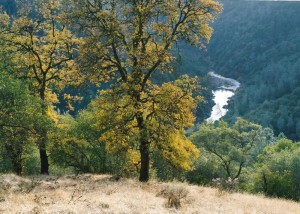
I love the ocean and have always been fascinated with underwater wildlife. I once tried to take some pictures underwater but didn’t have much luck.
So, when I saw this great article on taking underwater pictures I couldn’t resist. This article from the website, Underwater Cameras Plus, gives some great tips on underwater photography. If you’re interesting in learning how to take great underwater pictures, then you should check out this underwater photography article. This article offers some practical tips to avoiding the following common problems that many underwater pictures have:
- Lack of vibrant colors- pictures have a blue or blue-green tint to them
- White circles or dots that look like snow covering the image
- Fuzzy or blurry pictures
- No sharpness between the subject and the background
If you’re interested in underwater photography, then this underwater photography article can certainly offer you some practical advice.
And, sorry about the fuzzy picture of the Dragon Moray Eel but I couldn’t resist his smile 😛




